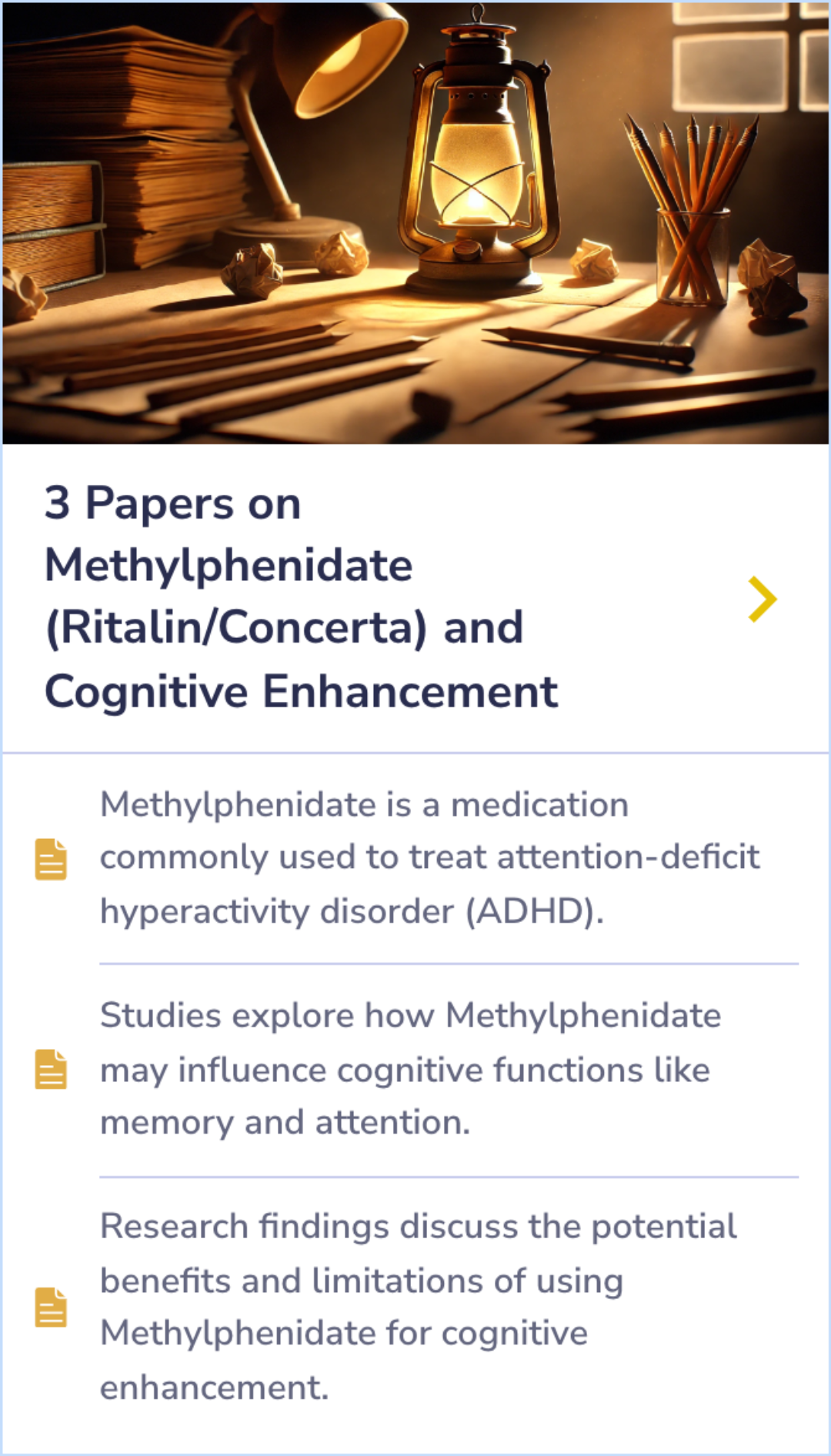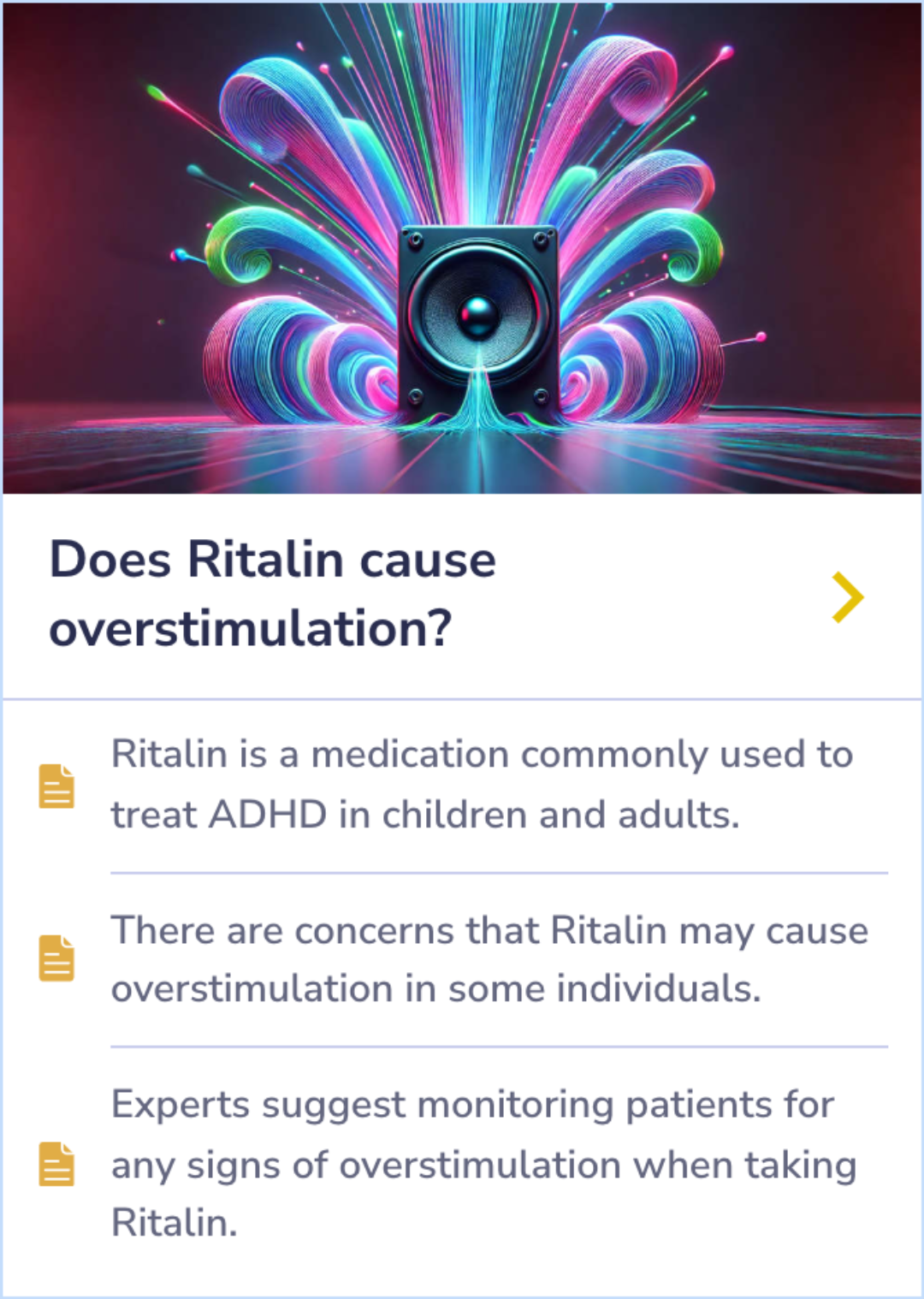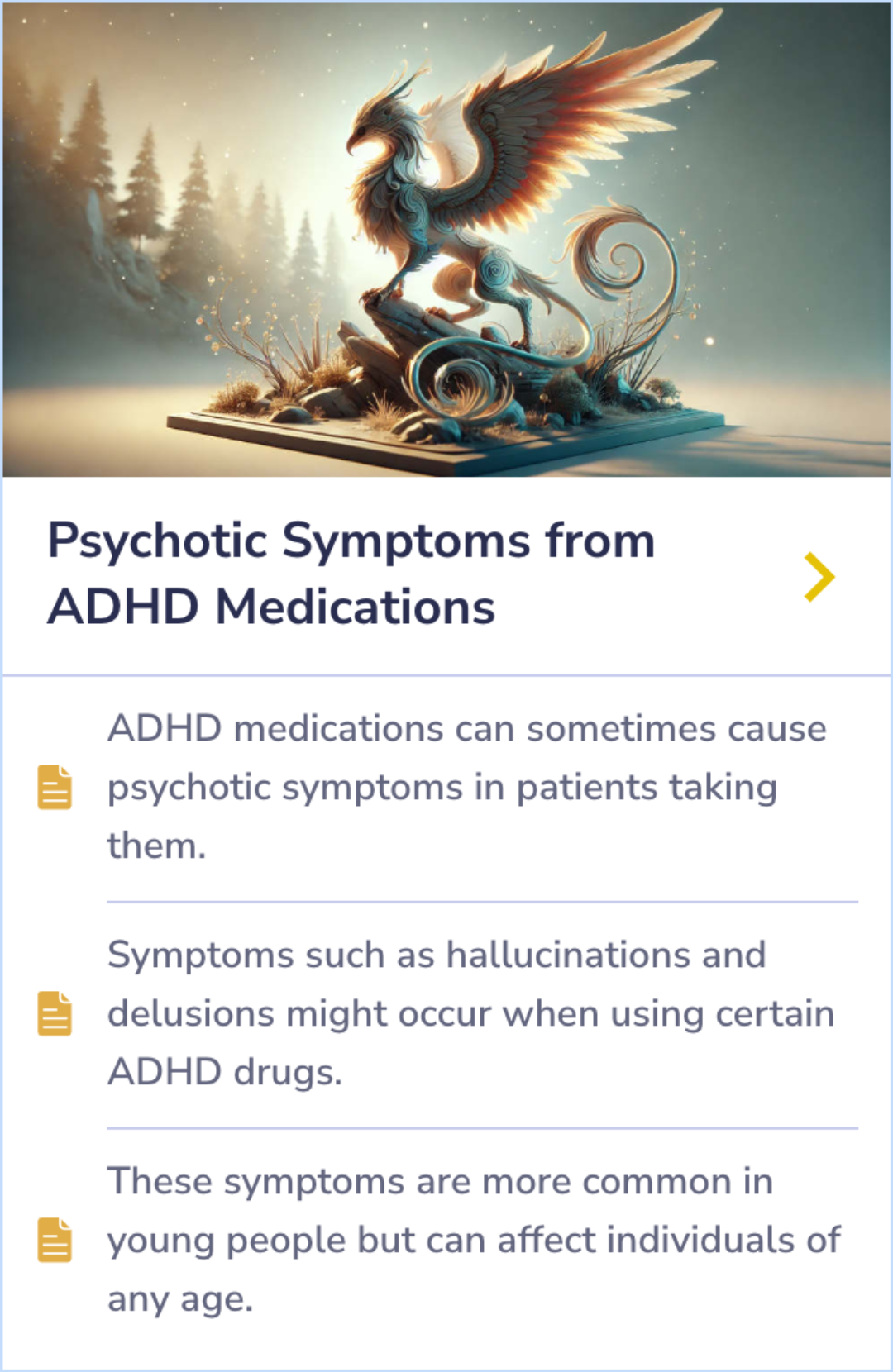Ritalin
Evidence Based Answers
Is Crying a Side Effect of Methylphenidate (Ritalin)?
Taking Ritalin without ADHD can lead to mood swings and emotional issues. Monitoring emotional responses is vital as they vary widely, ranging from crying to mood improvements.
Published: November 7, 2024
Click to explore a section:
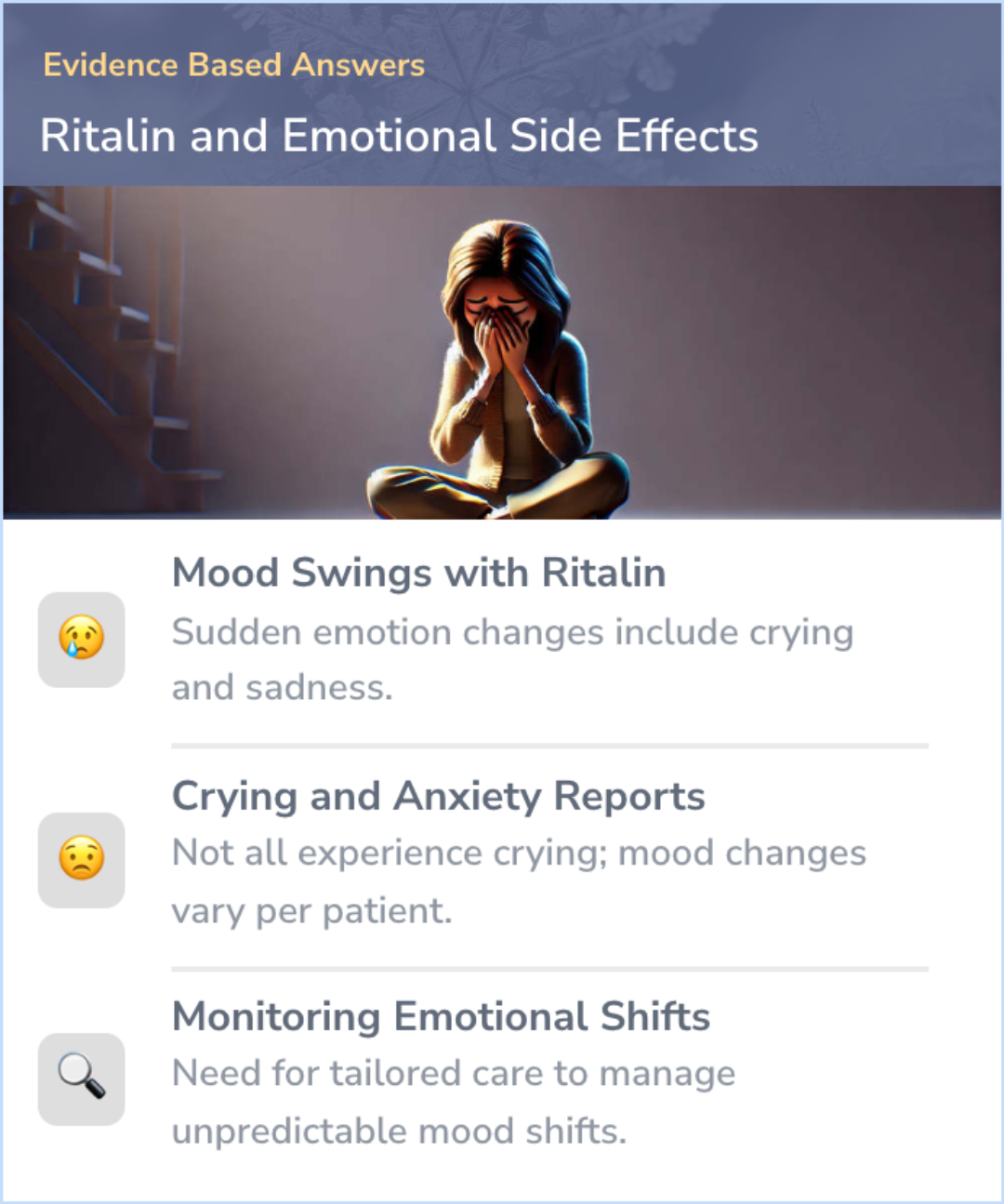
Ritalin use can cause mood swings, suddenly shifting to crying and sadness. Effects vary greatly among patients and require close monitoring.
Personal Experiences
Perspectives: Crying as a Ritalin Side Effect
In discussions on crying as a side effect of methylphenidate (Ritalin), people shared diverse experiences ranging from intense emotional waves and hormone-related changes to questioning if it's due to personal sensitivity.
Many noticed heightened emotional responses when starting or restarting Ritalin, while others saw no clear link, citing unrelated emotional episodes.
Many noticed heightened emotional responses when starting or restarting Ritalin, while others saw no clear link, citing unrelated emotional episodes.
Reddit: u/Media-consumer101
I had this the first two weeks so badly, after that it only seemed to come in small, less heavy, waves... Figured it might be hormone related, so I'm switching to a different birth control...Mood Swings and Emotional Changes with Ritalin
Methylphenidate (Ritalin) is linked to rapid mood changes, such as sudden crying, agitation, and sadness. This condition, known as emotional lability, can make treatment challenging, especially for children.
Not everyone experiences these mood shifts, and their severity can differ. Emotional responses may also occur alongside symptoms like distractibility or impulsivity.
Not everyone experiences these mood shifts, and their severity can differ. Emotional responses may also occur alongside symptoms like distractibility or impulsivity.
“
Source Quotes:
Ritalin is indicated as an integral part of a total treatment program which typically includes other remedial measures (psychological, educational, social) for a stabilizing effect in children with a behavioral syndrome characterized by the following group of developmentally inappropriate symptoms: moderate-to-severe distractibility, short attention span, hyperactivity, emotional lability, and impulsivity.
Patients are more prone to become easily agitated, irritable, or depressed and go through mood swings/lability.
Irritability and Anxiety as Methylphenidate Side Effects
Some common side effects of methylphenidate include irritability, anxiety, and crying. These reactions are not experienced by everyone and do not always depend on dosage.
Emotional responses like crying may be short-lived or persistent, reflecting underlying changes in mood.
Emotional responses like crying may be short-lived or persistent, reflecting underlying changes in mood.
“
Source Quotes:
The most common adverse effects on methylphenidate itself are insomnia, decreased appetite, bodyweight loss, abdominal pain, headache, irritability, anxiety and proneness to crying.
Some subjects experience anxiety, dysphoria and tiredness.
Mood Stability and Variability on Methylphenidate
Methylphenidate's mood effects can vary, with some patients showing emotional stability while others experience more pronounced shifts. Improvements in focus may come alongside unpredictable emotional changes.
Psychological and social support interventions may help manage these emotional challenges.
Psychological and social support interventions may help manage these emotional challenges.
“
Source Quotes:
The onset of the behaviours was not dose-related, nor were the behaviours transient as they usually were exhibited throughout the treatment week for a specific dose but could alter or disappear on a different dose.
The therapeutic effects of psychostimulants (including MPH) is linked to lower rates of antisocial behaviors, as well as lower risk of suicide among patients with ADHD (across the age spectrum, from children to middle-aged adults).
Key Takeaways
Conclusions
Methylphenidate (Ritalin) can lead to emotional lability, including tendencies like crying, rapid mood swings, and sadness. These emotional effects may vary widely among individuals and are not universally experienced. Some patients find therapeutic benefits outweigh the emotional fluctuations, while others may face significant emotional challenges that affect daily life.
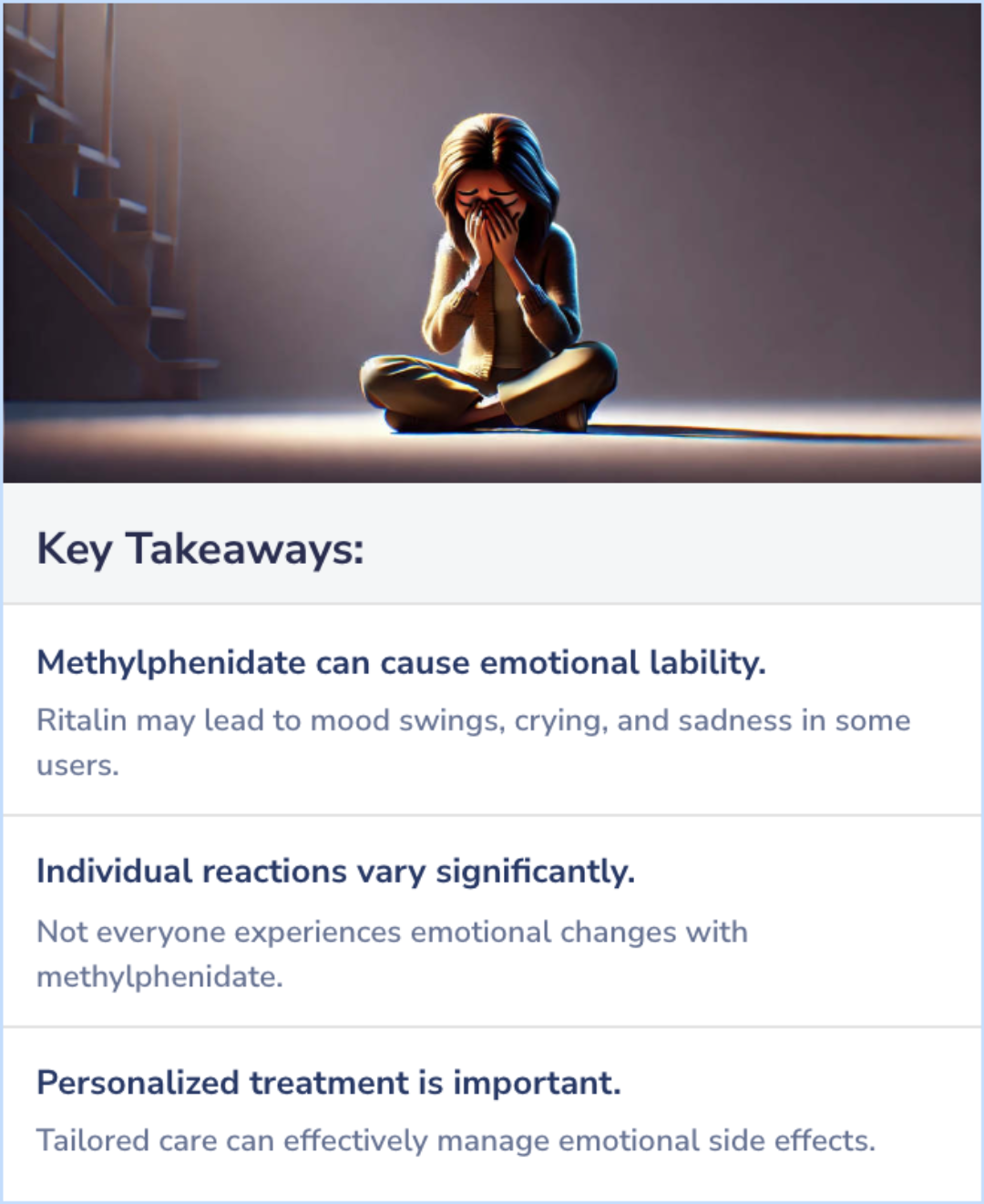
Evidence Summary
The Cognitive Effects of Methylphenidate: Boosts and Limits
Methylphenidate is used to treat ADHD, but researchers have explored its role in improving memory and attention. Studies show how it influences cognitive functions and whether it might benefit those seeking enhanced focus. These papers also highlight potential limitations, raising questions about its overall effectiveness for cognitive improvement.
The research breaks down both the benefits and constraints of using Methylphenidate for improving mental performance, providing a balanced view of its impact.
The research breaks down both the benefits and constraints of using Methylphenidate for improving mental performance, providing a balanced view of its impact.
Evidence Summary
Monitoring Ritalin for Overstimulation Risks
Ritalin is widely prescribed to treat ADHD in both children and adults. However, some individuals may experience overstimulation, which can manifest in various ways. Monitoring patients closely is recommended to identify signs of overstimulation early.
Experts emphasize that careful oversight of Ritalin treatment can help manage any potential overstimulation effects, ensuring that therapy remains effective and safe.
Experts emphasize that careful oversight of Ritalin treatment can help manage any potential overstimulation effects, ensuring that therapy remains effective and safe.
Evidence Summary
Psychotic Symptoms and ADHD Medications
ADHD medications may sometimes lead to psychotic symptoms, including hallucinations or delusions, during treatment. These effects are most frequently observed in younger individuals but can occur across all age groups.
Monitoring is essential, as symptoms such as visual or auditory hallucinations and false beliefs can emerge, highlighting the need for careful oversight, particularly for young patients taking these drugs.
Monitoring is essential, as symptoms such as visual or auditory hallucinations and false beliefs can emerge, highlighting the need for careful oversight, particularly for young patients taking these drugs.
